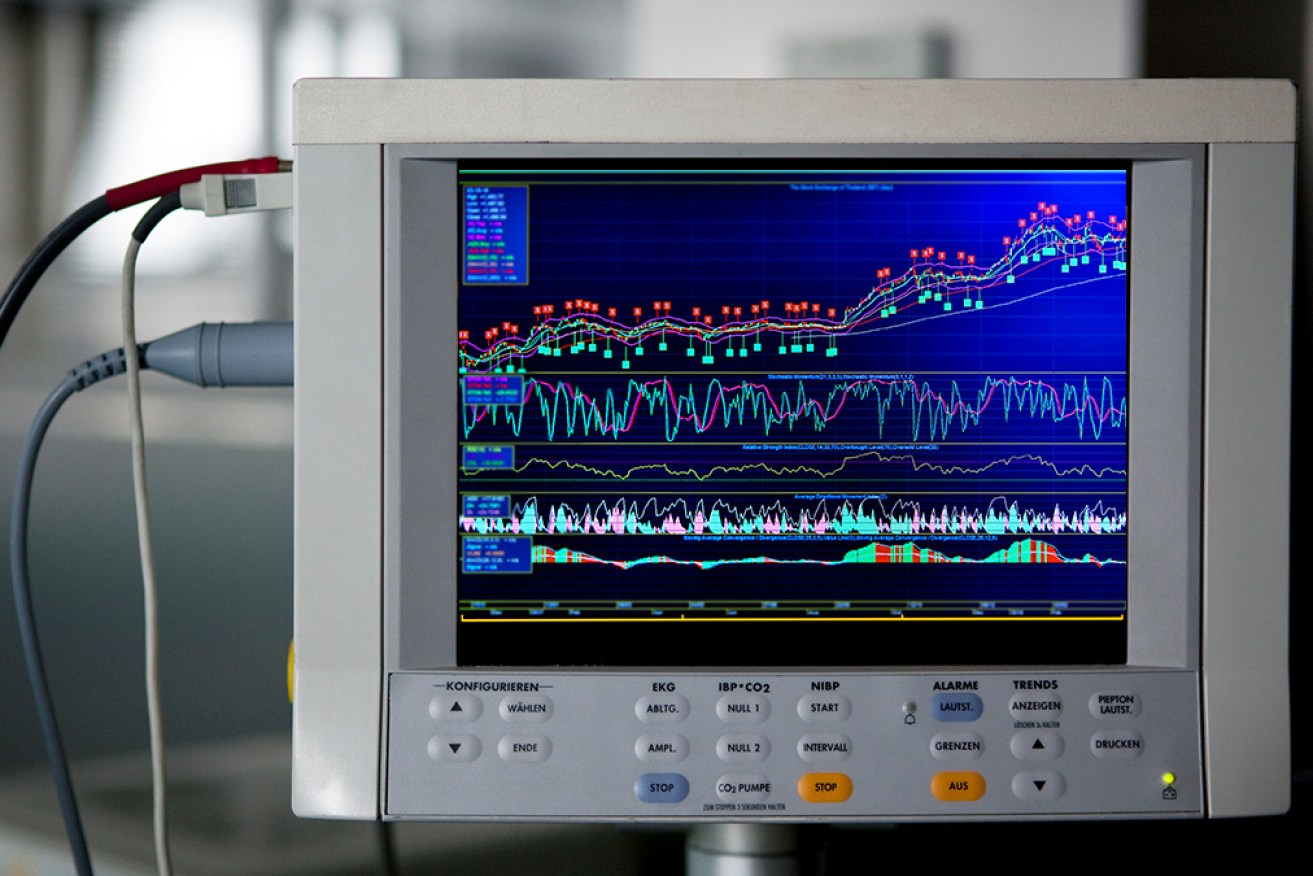Why the coronavirus ‘health v economy’ debate is a false dichotomy


Leading economists have warned that reopening businesses now won't save the economy. Photo: The New Daily
Prime Minister Scott Morrison has dismissed calls for coronavirus restrictions to be rapidly relaxed as infection rates slow – with more than 200 leading economists backing his decision in an open letter.
Mr Morrison said in a press conference on April 16 that Australians will remain in lockdown for at least another four weeks and that lifting restrictions too quickly would have damaging implications for our health and economy.
His comments followed growing calls – including from conservative think tank Institute of Public Affairs (IPA) – for restrictions on businesses and individuals to be loosened after domestic data showed the national rate of infection had slowed.
Advocates for accelerating the removal of government restrictions argue the economic damage caused by the shutdown is beginning to outweigh the health benefits of staying in isolation.
“The draconian approach by governments risks creating a much bigger economic and humanitarian crisis than that caused by the virus itself,” IPA research fellow Morgan Begg cautioned.
But the consensus among world-leading economists, such as the expert panellists who form the renowned Chicago Booth School of Business IGM panel, is that lifting restrictions too quickly would not only endanger people’s health, but also hurt the economy.
More than 200 economists have signed an open letter urging the Prime Minister to keep social distancing measures in place until “our testing capacity is expanded well beyond its already comparatively high level, and widespread contact tracing is available”.
Tweet from @profholden
‘Invest’ in three more months of lockdown
University of New South Wales economics professor Richard Holden said easing restrictions now increases the chances of a “second wave” of infections, as the disease is highly infectious and many people are asymptomatic.
While at its heart that’s a health problem, it would also devastate the economy’s chances of recovery and lead to a longer, deeper downturn than the one already looming.
Fearful consumers would be unlikely to shop under those circumstances, and business owners would stop hiring staff or investing in their shops.
“Just from an economics perspective, there is no trade-off [between health and the economy] until you crush the virus,” Professor Holden said.
You could undo these rules, and three weeks later you have mass infections on your hands and have to lock it all down again.
“Until you have the virus under control, you’re left with whatever economy you can have.”
The best way forward is to “stay the course” with current restrictions until the disease is genuinely under control.
“The real trade-off is not a static one about health now versus the economy now,” Professor Holden said.
“It’s the trade-off between the economy now and in the future. If we take a hit now to crush the virus, then the economy in the future has a much better chance of being healthy.”
Lockdown working but more tests needed
Australia’s efforts to stop the coronavirus infecting more people are proving effective.
But a report from the Actuaries Institute’s COVID-19 working group suggests the number of infected Australians is likely higher than the more than 6400 confirmed cases.
“Australia’s done a good job testing. We’ve tested over 300,000 people,” the report’s author, Douglas Isles, told The New Daily.
“But we’re still only at 1 or 2 per cent of the population.
“Given we know from various health sources that about 80 per cent of people show very few symptoms, it’s reasonable to assume there are more people who have the virus than have taken the test and tested positive.”
Mr Isles’ modelling suggests the true number of infected Australians is likely closer to 20,000. (Chief medical officer Brendan Murphy said the modelling was unlikely to be correct.)
Part of the problem is that, up until recently, tests were only made available to people who:
- Had recently travelled abroad
- Worked in health or aged-care services
- Had come into contact with a confirmed case, or
- Lived in a coronavirus ‘hot spot’.
This has skewed the test results and obscured the real extent of coronavirus spread.
Some states are now extending the rules to ensure more people are tested, but Mr Isles said the next step needs to be random testing.
“We’re not sampling the population to see what the rate of infection is,” he said.
“We’ve tested 1 per cent of the population, and 2 per cent of them have the virus. We haven’t tested the other 99 per cent of the population.”








